Photos: Bronze-Age Stone Tools Unearthed at Site of Ancient Stream
Bronze Age site
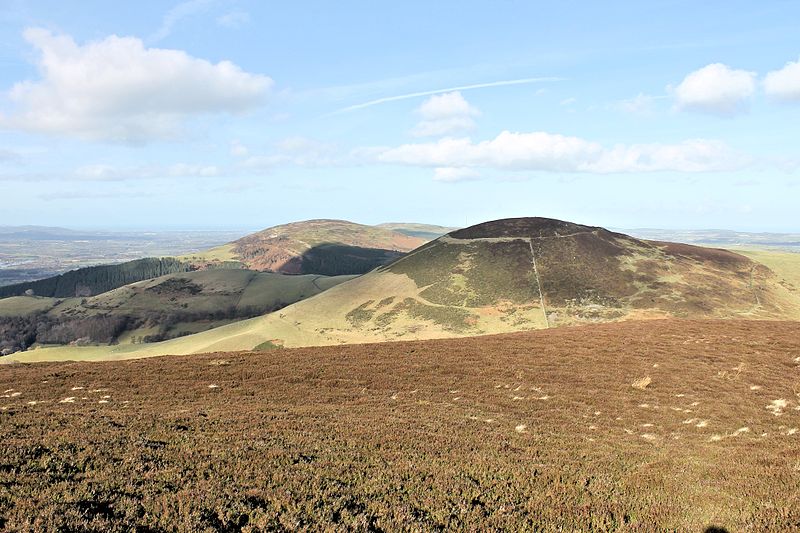
A team of amateur archeologists excavating a Bronze Age site in the United Kingdom has unearthed a cache of unusual stone tools deposited in an ancient stream more than 4,000 years ago. The finds were made by members of the Clwydian Range Archaeology Group (CRAG) on a plateau near the Moel Arthur hill fort in northeast Wales.
The Moel Arthur hill fort and five other hill forts in the region were built around 800 B.C., during the Iron Age in Britain.
The Bronze Age site excavated by the CRAG team is thought to be much older: built around 2500 B.C., based on carbon dating of charcoal fragments. [Read full story about the excavations at the Bronze Age site]
Stone tools
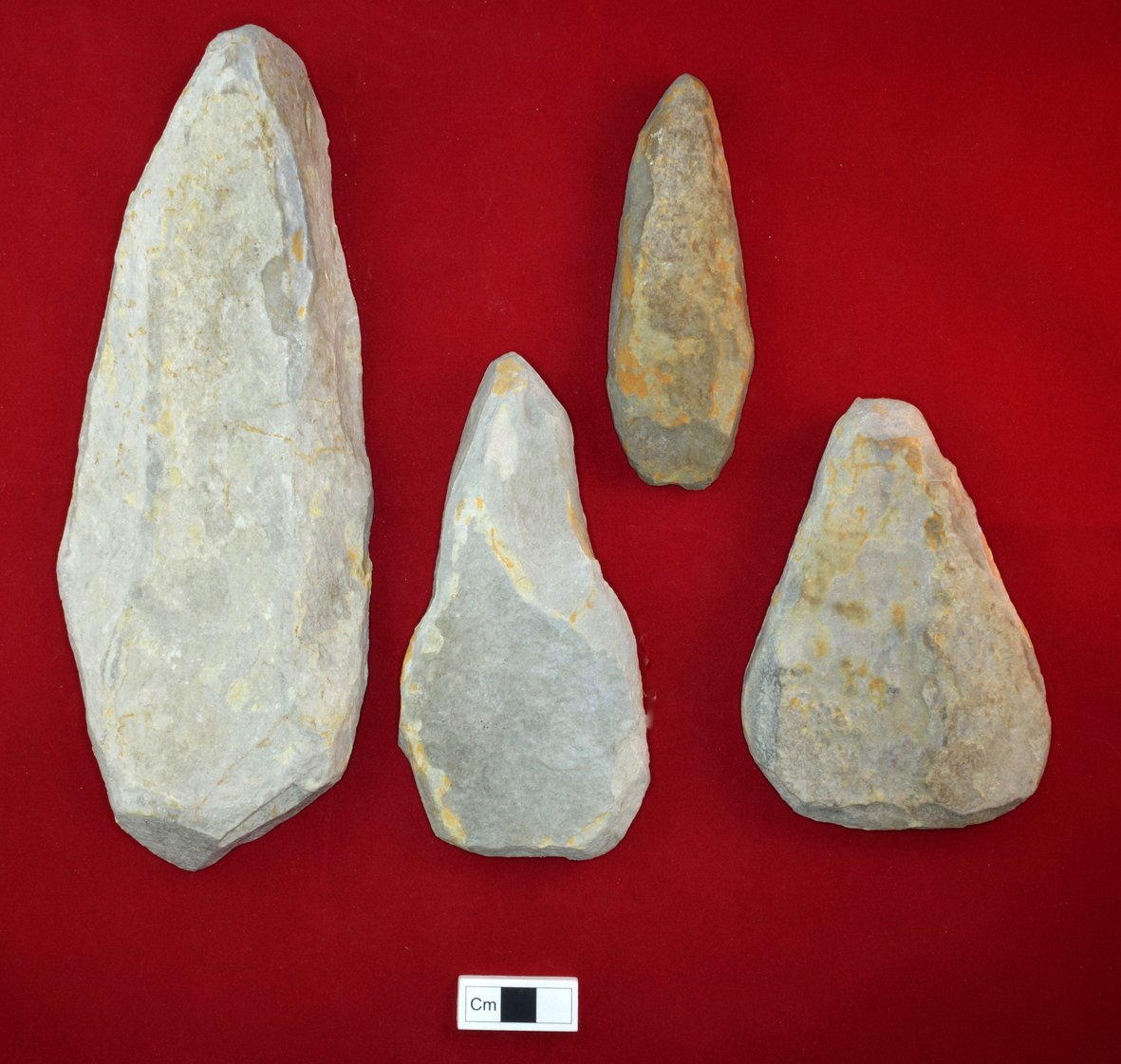
The stone tools found by the CRAG team vary in size, from around 8.5 inches (220 millimeters) long down to about 2 inches (50 mm) long. They are made from slabs of hard limestone, and are roughly triangular in shape. About 20 have been found so far.
Archeologists don't yet know what they were used for, but each shows heavy signs of wear and pitting at the sharpest end, indicating they have been used to hammer or chip away at other rocks. Archeologist Ian Brooks thinks they may have been used to chip away at rock faces and boulders to create marks and designs, such as ring shapes, a characteristic type of ornamentation found at many Bronze Age sites in Britain.
Amateur archaeologists
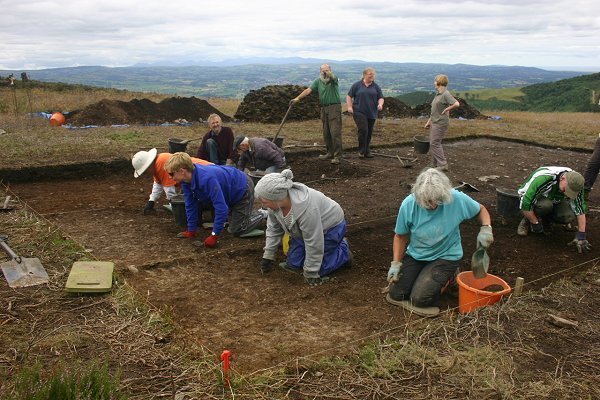
The tools were found by volunteers from CRAG during excavations at the site near Moel Arthur in July and August this year.
The group is made up of local amateurs who have spent several years working at the site under the guidance of professional archaeologists. Their finds so far suggest the site was occupied by an agricultural community around 4,500 years ago, when it was used for several different types of activity.
Rituals?
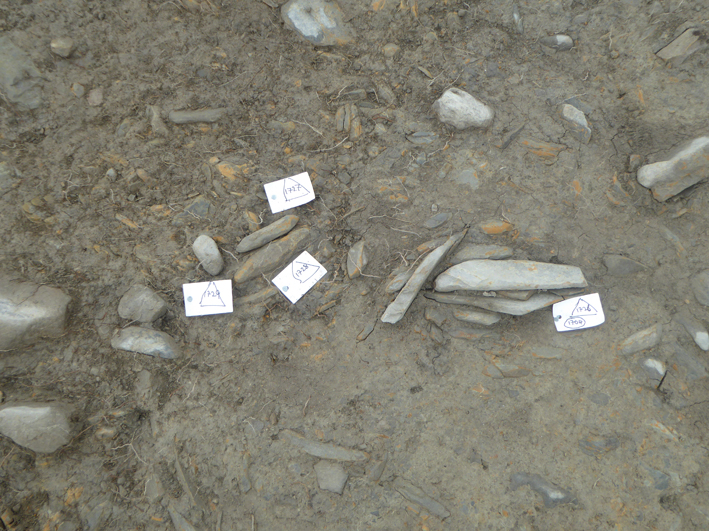
The unusual tools have all been found in one location, at the bottom of what used to be an ancient stream that ran alongside the settlement.
Brooks thinks they may have been deposited in the stream deliberately, perhaps in a ritual after they had been used for their purpose, whatever it was. He noted that many small objects from the Bronze Age in Europe have been found in what once were wet locations, such as swamps or bogs, and that they may have been deposited as a form of ritual offering.
Odd objects
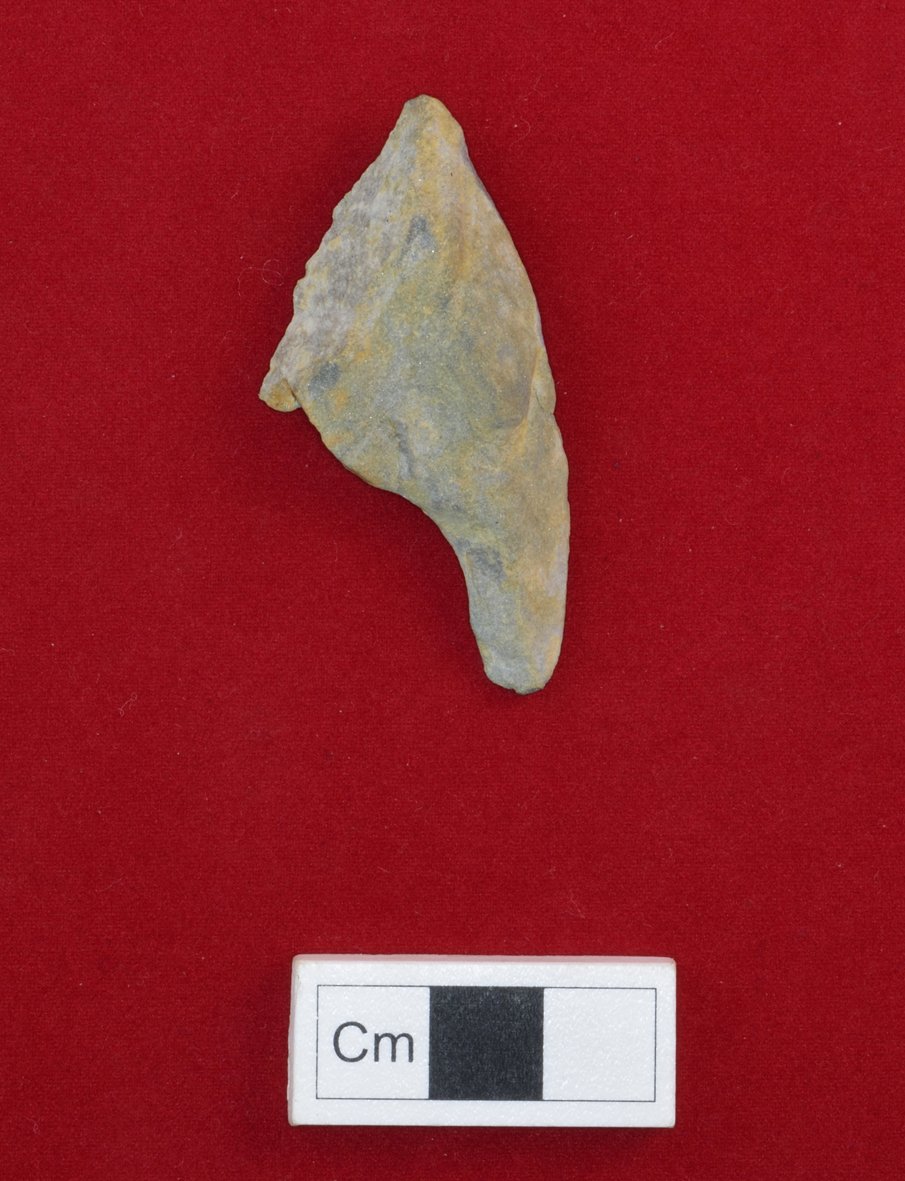
In addition to the unusual tools, excavations by the CRAG team of the Bronze Age site unearthed other objects that shed light on the lives of the people who lived there 4,500 years ago, including this arrowhead found this year.
Geophysical surveys also suggest there was at least one roundhouse, a typical type of group dwelling during the Bronze Age in Britain, at the site.
Sign up for the Live Science daily newsletter now
Get the world’s most fascinating discoveries delivered straight to your inbox.
A large operation
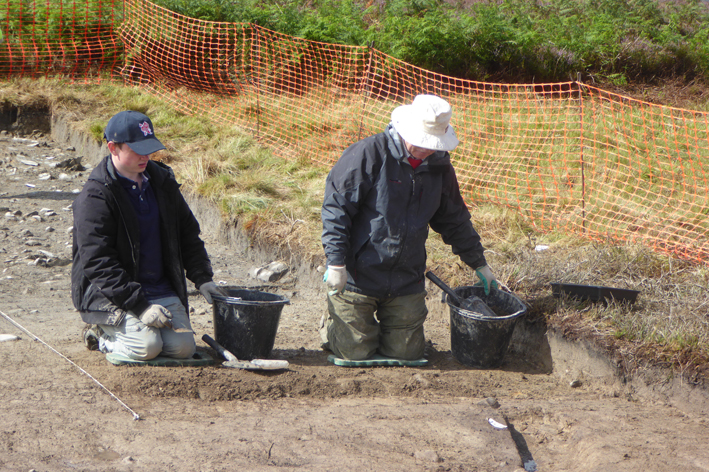
Among the discoveries is an archeological feature known as a "burnt mound," which was excavated by the CRAG team in 2013. It contained the remains of a process for making relatively large amounts of hot water, by heating stones in a fire and then dropping them into a water-filled pit.
It's thought the hot water may have been used for cooking, for brewing beer, or for making steam for a sweat lodge.
Lots of history
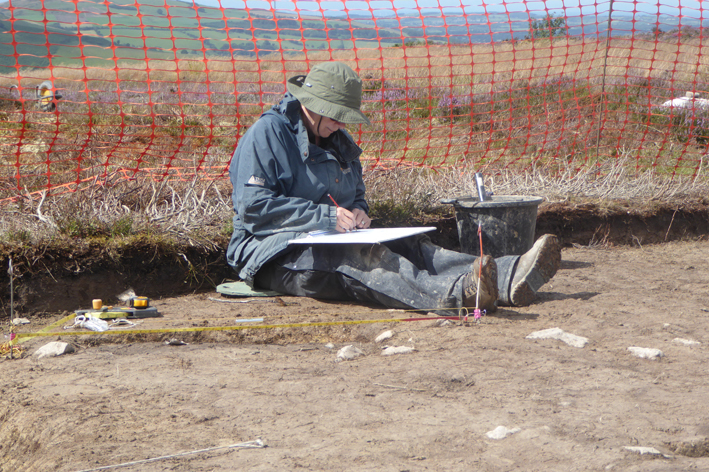
The CRAG team intends to continue their excavations at the Bronze Age site near Moel Arthur, and to fully document the unusual tools and other finds. Their work has shown that the Clywdian Range of hills were occupied for thousands of years before the major hill forts were built in the area during the Iron Age.
Researchers think the inhabitants of the site excavated by the CRAG team were agriculturalists who grew grain on the high land in the area, at a time when the low-lying Vale of Clwyd was probably too swampy for plowing.
One of several

Moel Arthur is one of at least six major hillforts in the Clywdian range. Three of them are very large, including Meol Arthur and the Penycloddiau hillfort, shown here.
Their large size suggests to many archaeologists that their main purpose was not to defend against hostile human raiders. Instead, the hill forts may have been built to enhance the status of the communities that built them, or for ceremonial purposes, or for protecting communal herds of animals from predators like wolves and bears.
Years of studies
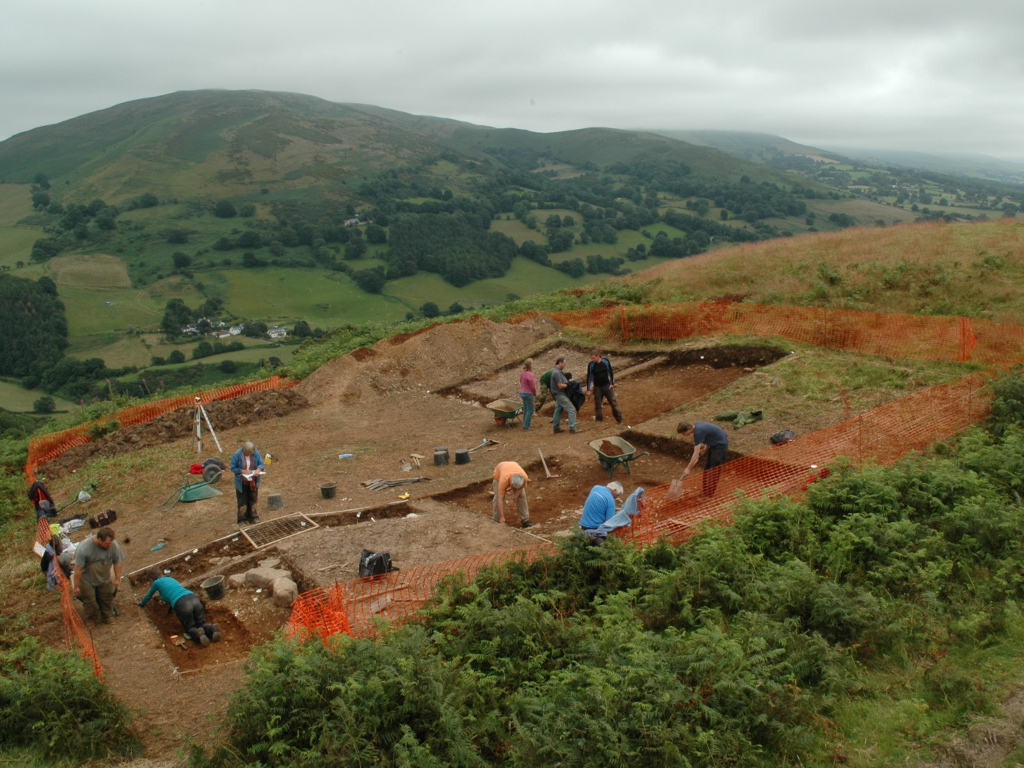
Teams of archeologists from the University of Liverpool and the University of Oxford have spent several years studying some of the major hill forts in the region. Excavations by researchers from Oxford University at the Moel-y-Gaer hillfort, near the village of Bodfari, have found roundhouse dwellings and examined the construction of the earthen ramparts.
Tom Metcalfe is a freelance journalist and regular Live Science contributor who is based in London in the United Kingdom. Tom writes mainly about science, space, archaeology, the Earth and the oceans. He has also written for the BBC, NBC News, National Geographic, Scientific American, Air & Space, and many others.










